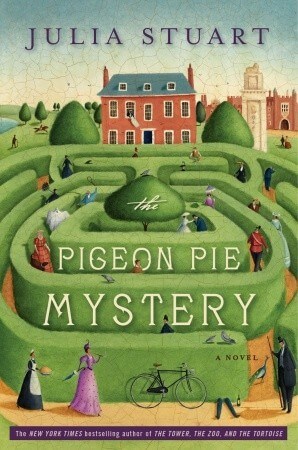Murder doesn’t take a holiday in C.C. Benison’s Father Christmas Mysteries. In Eleven Pipers Piping, the second in his new series, Father Tom Christmas just can’t seem to find the “quiet” part of a quiet country life.
Tom, a widowed vicar, is still settling into Thornford Regis, his home for the past ten months. He’s moved himself and his young daughter Miranda to the tiny village in the wake of his wife’s unsolved murder in order to get them away from violence.
“Dear Mum,
Something dreadful has happened—much, MUCH worse than my troubles with the Yorkshire pudding.”
– Eleven Pipers Piping, C.C. Benison
Murder doesn’t take a holiday in C.C. Benison’s Father Christmas Mysteries. In Eleven Pipers Piping, the second in his new series, Father Tom Christmas just can’t seem to find the “quiet” part of a quiet country life.
Tom, a widowed vicar, is still settling into Thornford Regis, his home for the past ten months. He’s moved himself and his young daughter Miranda to the tiny village in the wake of his wife’s unsolved murder in order to get them away from violence. But death seems to find them. In the first installment, Twelve Drummers Drumming, a young woman was found dead and stuffed inside a Japanese taiko drum. This time around, Father Tom has been asked to officiate at the annual Robbie Burns’ Night dinner.
And he’s not terribly pleased about it. While he doesn’t want to alienate any of the influential townsfolk, he also really, really hates haggis and bagpipe music. Still, off he goes, only to be snowed in with half of the titular pipe band, the family who owns the inn, and a mysterious stranger (of course!). But all does not end well for this particular feast, for Will Moir, the hotel’s proprietor and member of the pipe band, turns up in his tower study dead—poisoned, to be specific.
Continue reading “The haggis did it: a review of Eleven Pipers Piping by C.C. Benison”








